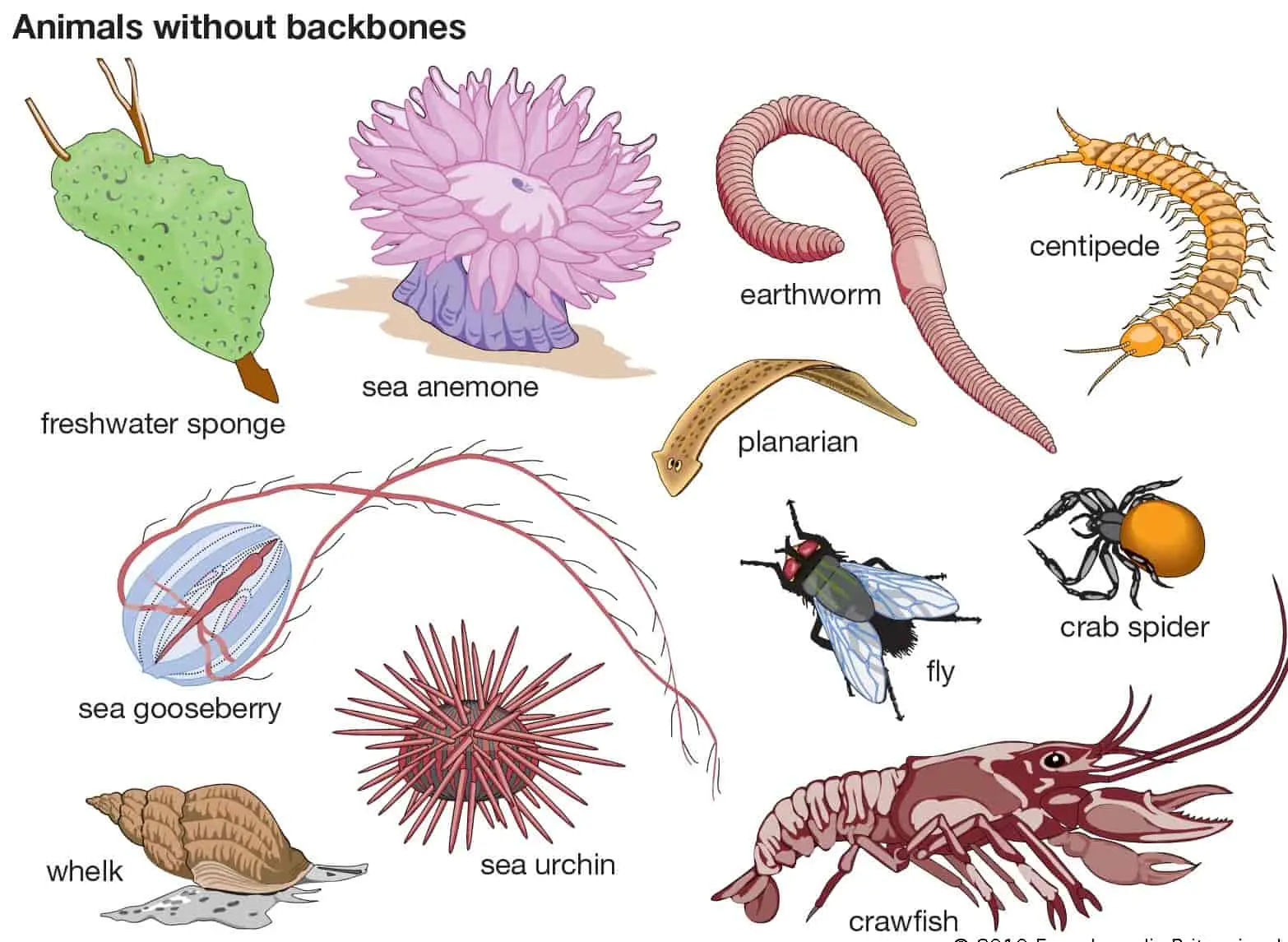Tag: excretory organ

EXCRETORY STRUCTURES IN NON-CHORDATES
In protozoans, porifers and coelenterates the specialised excretory structures are absent. The excretion in these animals occurs through the general body surface. The contractile vacuoles present in freshwater protozoans are the osmoregulatory structures and regulate osmotic concentration (osmolarity) of the body. Though some ammonia is also lost through contractile vacuoles, but they can not be…

EXCRETORY SYSTEM IN HUMAN
Except for urinary bladder which is endodermal in origin, the whole excretory system is Except urinary bladder which is endodermal in origin, the whole excretory system is Except mesodermal. In human the kidney is retroperitoneal i.e., the kidney is located outside the coelomic cavity and is covered by peritoneum (coelomic epithelium) from the ventral side…


